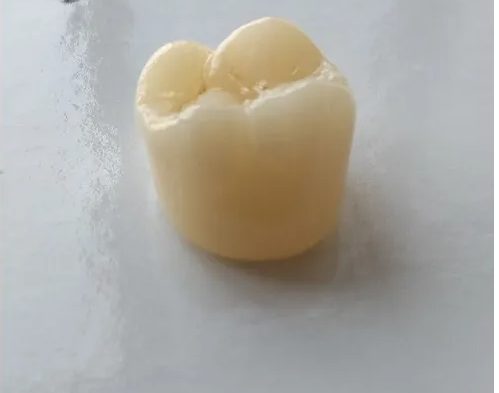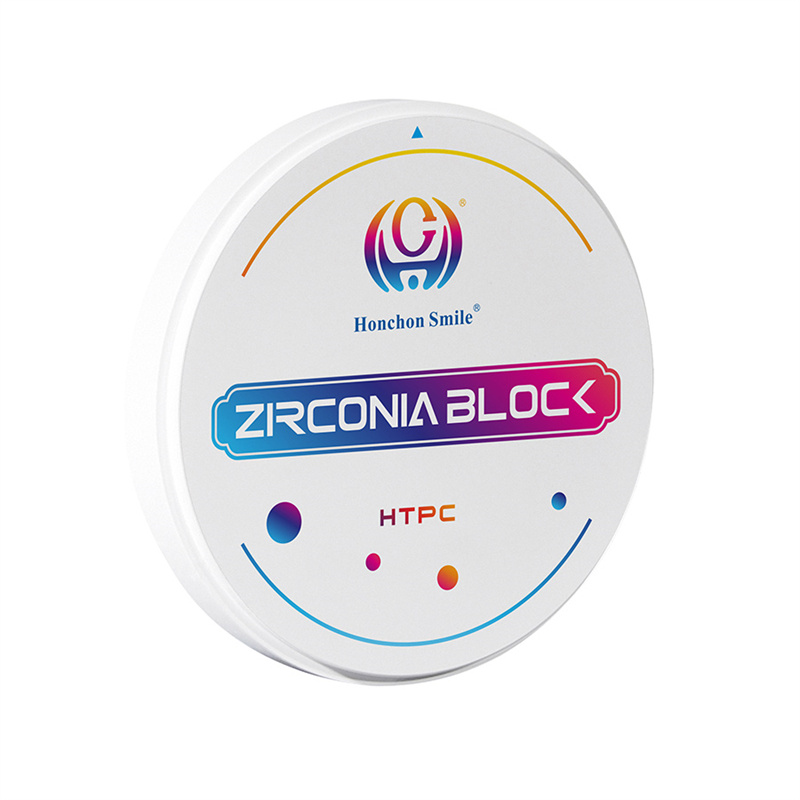Comparison of Dental Bridges and Dental Implants
2024-04-07
Most people take great care to protect and preserve their teeth. Unfortunately, teeth weaken as we age and tooth loss is not uncommon in adults.
Two effective treatments for tooth loss today are dental bridges and dental implants. Dental implants and bridges are fixed restorations that restore one or more teeth. When considering dental bridges versus dental implants, you can work with our team to shop for the right crown material such as zirconia blocks.
What is a dental bridge?
A dental bridge is a prosthesis that is made to resemble a single tooth or a small group of teeth (up to three teeth). The prosthesis sits between a person's natural teeth to fill the gaps left by missing teeth. A traditional dental bridge is attached to the crowns on either side. The crowns are fitted to the two teeth immediately adjacent to the missing tooth area to hold the bridge in place.

Dental Bridge Surgery
Dental bridge treatment can usually be completed in two dental appointments. At the first dental visit, the teeth holding the bridge in place are reshaped to accommodate the placement of the crowns. An impression is then taken to ensure that the bridge fits comfortably once in place. Finally, a temporary bridge is placed. A few weeks later, when the permanent bridge is completed, the patient will return for a second appointment. The permanent bridge and adjacent crowns are placed at this time.
Benefits
Like other dental restorations, dental bridges can restore oral function and enhance the aesthetics of the smile. However, the benefits that distinguish bridges from dental implants are the ease, speed and cost of treatment. Dental bridge treatment is minimally invasive and is usually completed within two to four weeks. Since no surgical procedure is required and treatment can be completed in two dental appointments, the cost of treatment is much lower than that of dental implants.
What is a dental implant?
A dental implant is a small titanium screw that is placed in the jawbone where it fuses with the bone and eventually serves as a replacement for the missing tooth root. The dental implant is attached to a small metal post called an abutment. The abutments protrude from the gum line, where they are bonded to the dental restoration. Dental implants can be used as crowns, bridges or anchors for fixed dentures.

Dental Implant Procedures
Dental implant treatment involves several stages, which take four to six months. At the beginning of treatment, implants are placed through oral surgery. As the patient heals from this phase of treatment, the implants fuse with the bone tissue so they become a permanent part of the jaw. After this procedure is completed, the patient returns for metal abutment placement. During the abutment step, a small incision is made in the gingiva and the post is attached to the implant. Once again the patient is given time to recover from the treatment. Finally, to complete the dental implant treatment, the restoration is bonded to the abutment.
Benefits
Dental implant treatment is both complex and expensive, but many patients prefer this tooth loss treatment because of the many benefits it offers. Dental implants are more durable and secure than any other dental restoration. They look, feel and function just like natural teeth, making them comfortable and easy to care for. Dental implants are also the only treatment for tooth loss that replaces missing tooth roots, which is essential for preventing bone loss.











